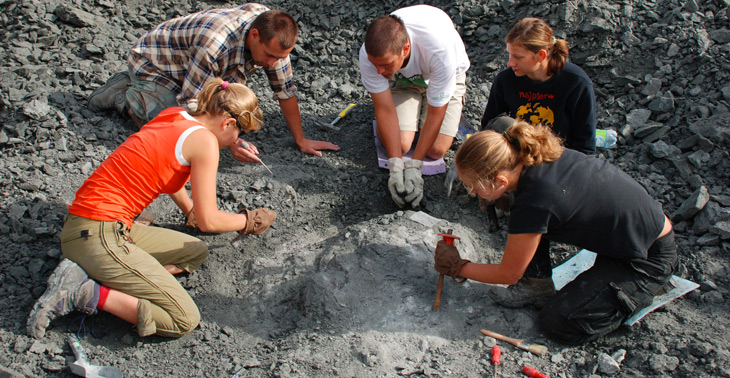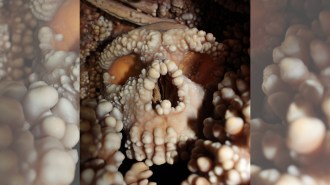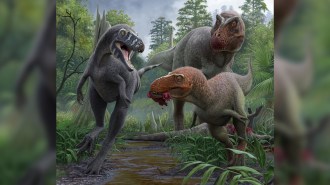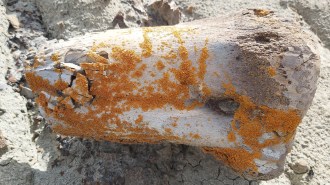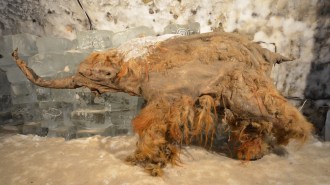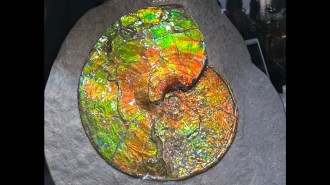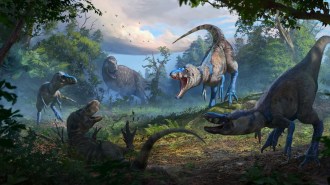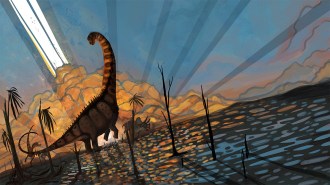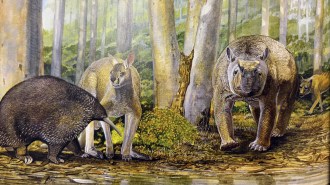This huge plant eater thrived in the age of dinosaurs — but wasn’t one of them
The dicynodont from the Late Triassic was surprisingly hefty, rivaling a modern-day elephant in size
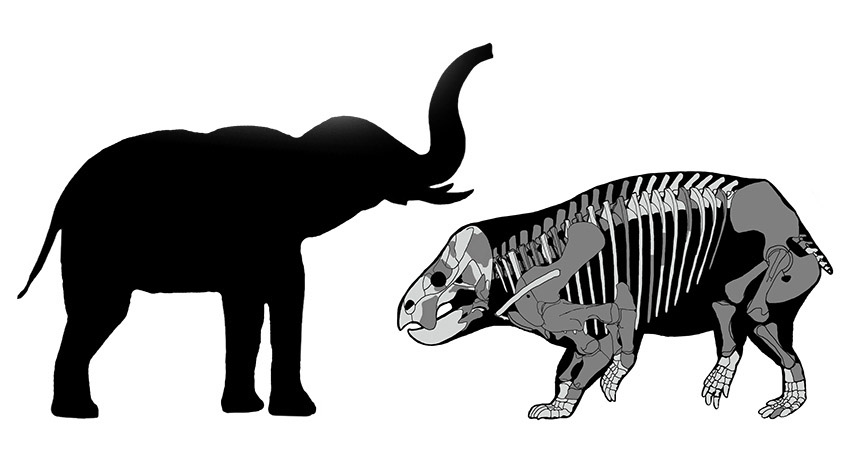
HEFTY HERBIVORE A new plant-eating creature that lived during the Late Triassic was about the size of a modern-day elephant — far larger than its relatives at the time.
Tomasz Sulej and Grzegorz Niedzwiedzki
